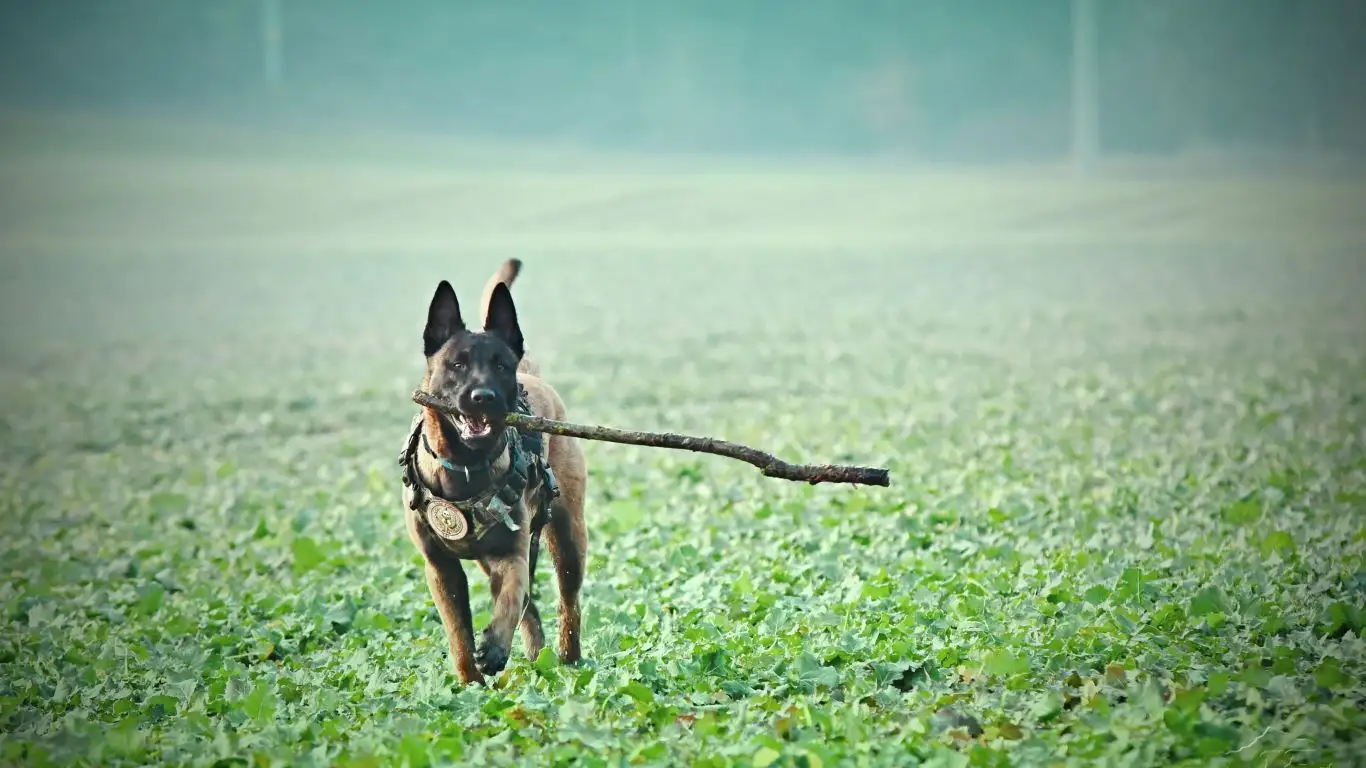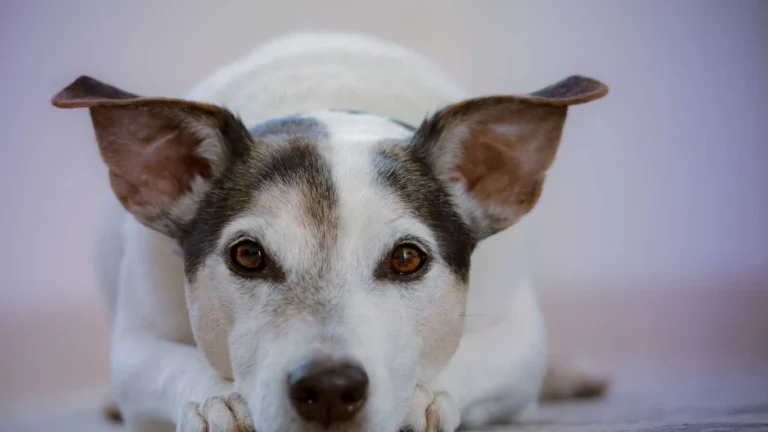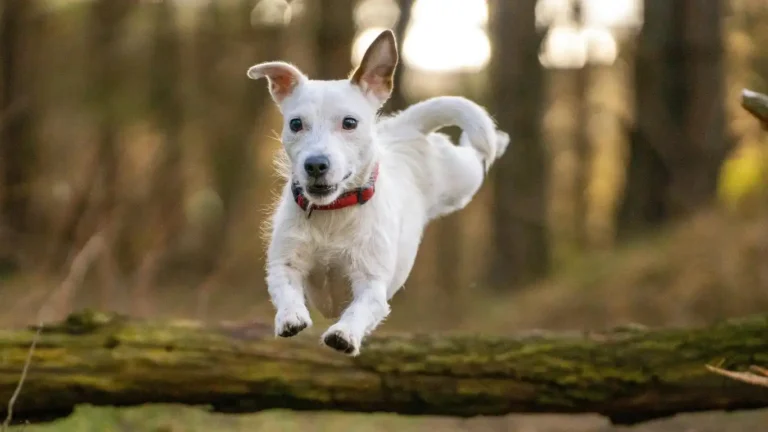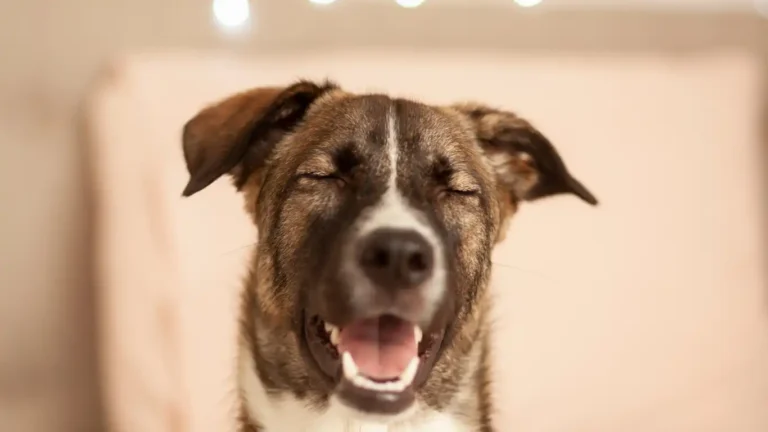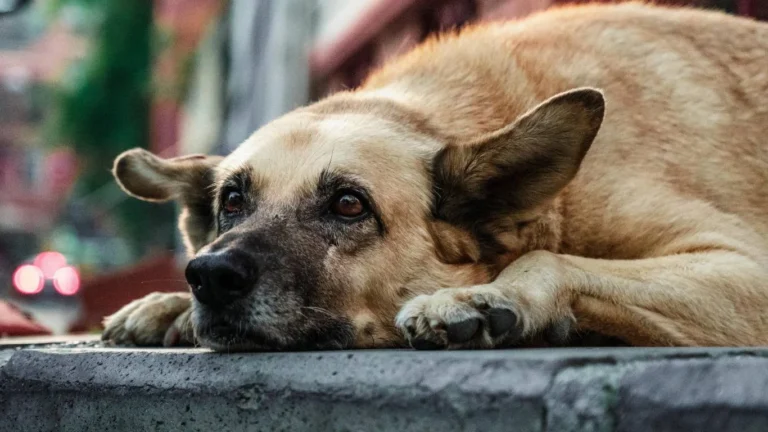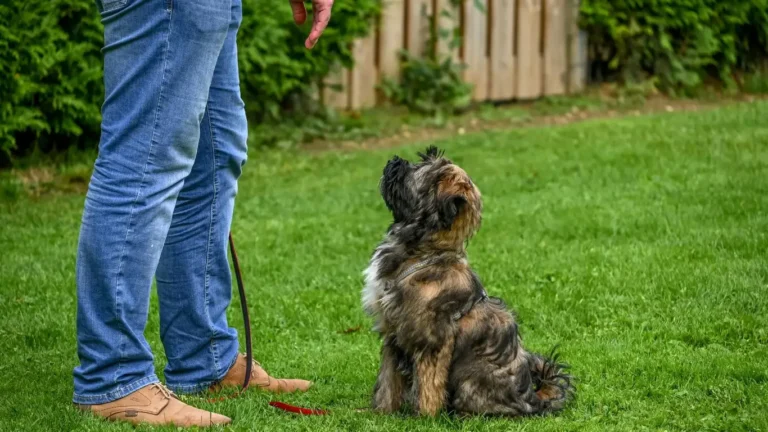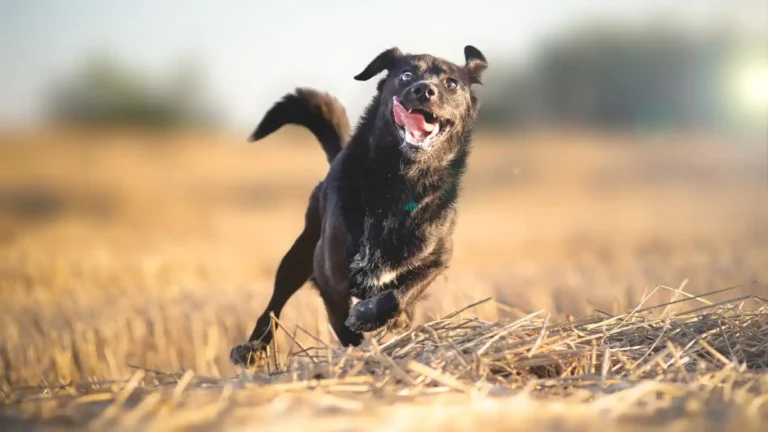How to Train a Dog to Stop Eating Grass on Walks Fast & Naturally
Ever been mid-walk with your pup, just enjoying the sunshine, when suddenly they veer off and start chomping on grass like they’re at a salad bar? You’re not alone. One of the most common concerns I get from pet parents in my canine-assisted therapy sessions is how to train a dog to stop eating grass on walks. It might seem harmless, but it can be frustrating—and even concerning—especially if your dog ends up with an upset stomach or worse. After years of working with dogs in therapeutic settings, I’ve seen that this seemingly odd behavior often has deeper roots, both behavioral and biological. Let’s dig into it (pun totally intended) and help you get back to stress-free, grass-free walks.
Why Do Dogs Eat Grass in the First Place?
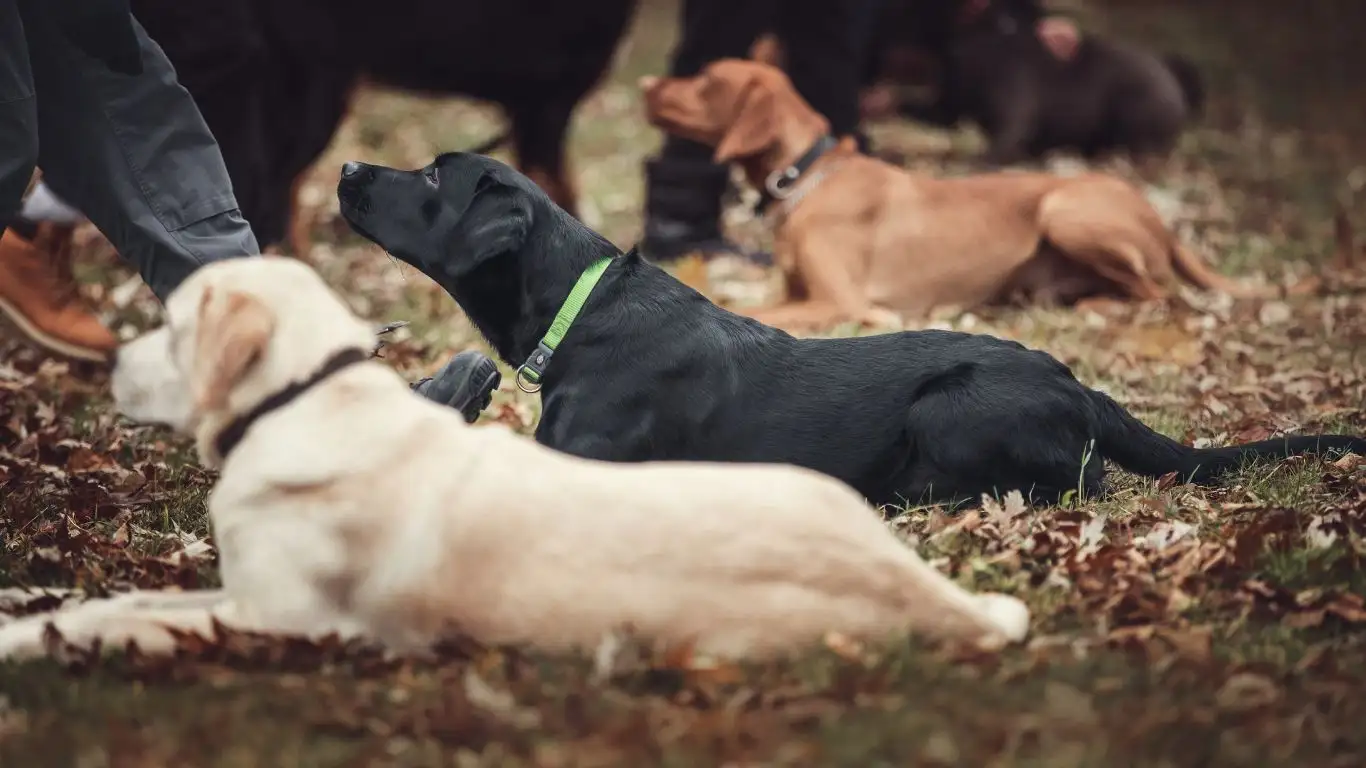
It’s Not Just a Quirk—There’s Often a Reason
From what I’ve seen during sessions with therapy dogs and their owners, grass-eating usually isn’t just random. Some pups munch on it due to boredom, anxiety, or even out of habit. Others might be experiencing mild gastrointestinal discomfort. Think of it as their version of Pepto-Bismol—odd, I know, but that’s nature for you.
And then there are those who just… like it. Seriously. I once trained a retriever named Max who would *strategically* head toward a particular patch of grass like it was a gourmet buffet. Turns out, he simply loved the texture. Go figure.
When It Becomes a Problem
While the occasional nibble usually isn’t harmful, it can become a real issue when it’s compulsive or when the grass has been treated with chemicals. As a trainer working with therapy dogs, I always stress to owners that consistent behavior patterns are worth noting. If your dog’s grass obsession is interfering with your walks or making them sick, it’s time for some structured training.
How to Train a Dog to Stop Eating Grass on Walks
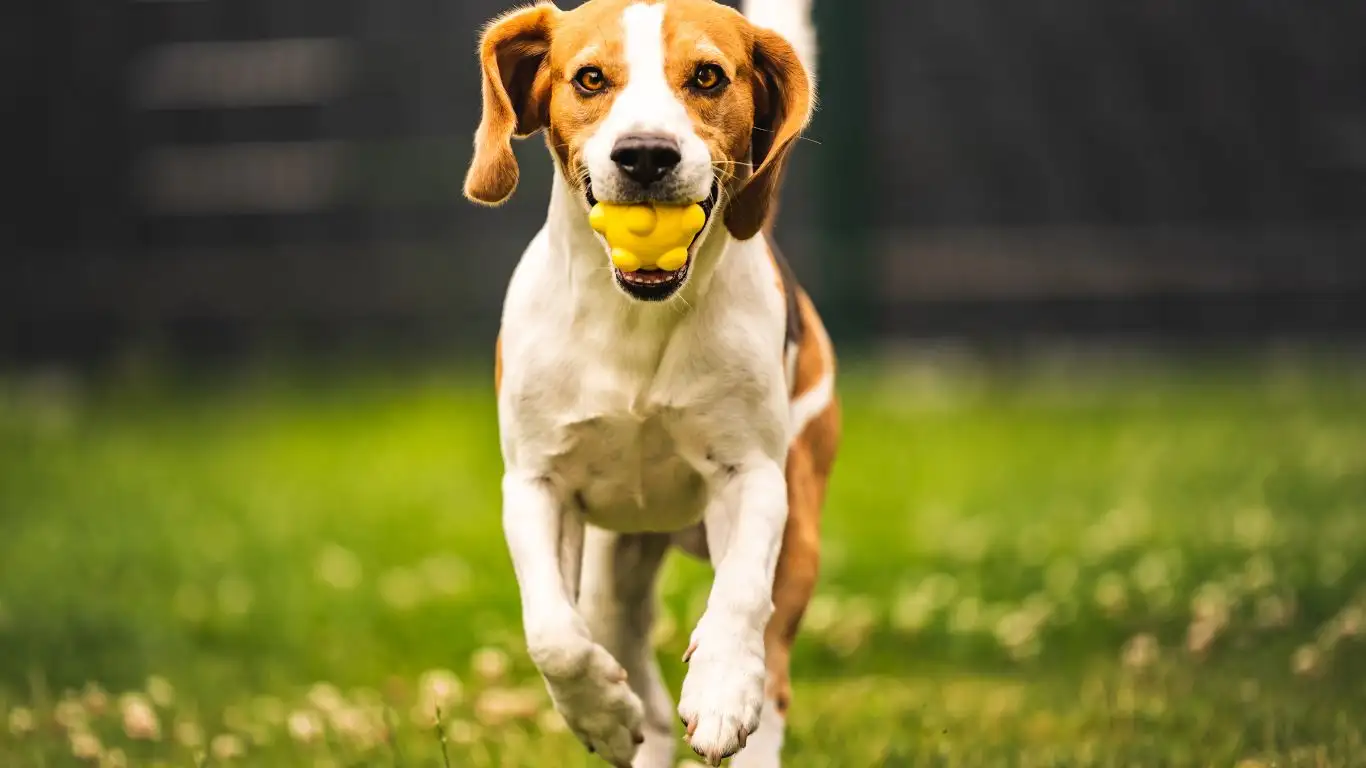
Step 1: Understand the Underlying Cause
Before you can correct the behavior, you need to figure out what’s driving it. Here’s a quick checklist I use when evaluating dogs in training:
- Is the dog getting enough physical and mental stimulation? Sometimes, grass-eating is just boredom.
- Is there a pattern to when they eat grass? Is it always in the same spot or time of day?
- Is the dog on a balanced diet? Nutritional deficiencies can lead to some quirky eating habits.
- Any recent tummy troubles? Upset stomachs can make grass seem appealing.
Answering these can help guide your next steps. If all else fails, talk to your vet or a certified trainer—you don’t have to guess alone.
Step 2: Practice the “Leave It” Command Like a Pro
This one’s a lifesaver—literally. In my therapy dog courses, “leave it” is one of the first commands we master. It’s simple in concept but needs consistent practice:
- Hold a treat in your closed hand and let your dog sniff it.
- When they pull away or stop pawing, say “Yes!” and reward with a different treat from the other hand.
- Repeat. Then practice with items on the ground, and eventually, outside during walks.
Timing is everything. You want to catch their attention *before* they go for the grass. If you’re correcting after they’ve already got a mouthful, you’re too late in the game.
Step 3: Make Walks More Engaging
One thing I often see with clients is that walks turn into auto-pilot time. You know—same route, same pace, same everything. That’s when the grass becomes way more interesting. Try mixing it up:
- Bring a favorite toy and do a few short play intervals.
- Use training treats and practice obedience cues on the go.
- Try a different path or park where the environment changes frequently.
Dogs, especially smart breeds, thrive on novelty. If your walk feels like a chore to them, they’ll find their own entertainment—like snacking on grass.
Step 4: Use Tools Strategically (Not as a Crutch)
In certain cases, I’ve recommended tools like head halters or front-clip harnesses to help redirect focus. A gentle tug away from the grass, paired with praise, can work wonders—but only if it’s part of a broader training strategy. Don’t rely solely on gear. It’s about communication, not control.
The Role of Consistency and Patience
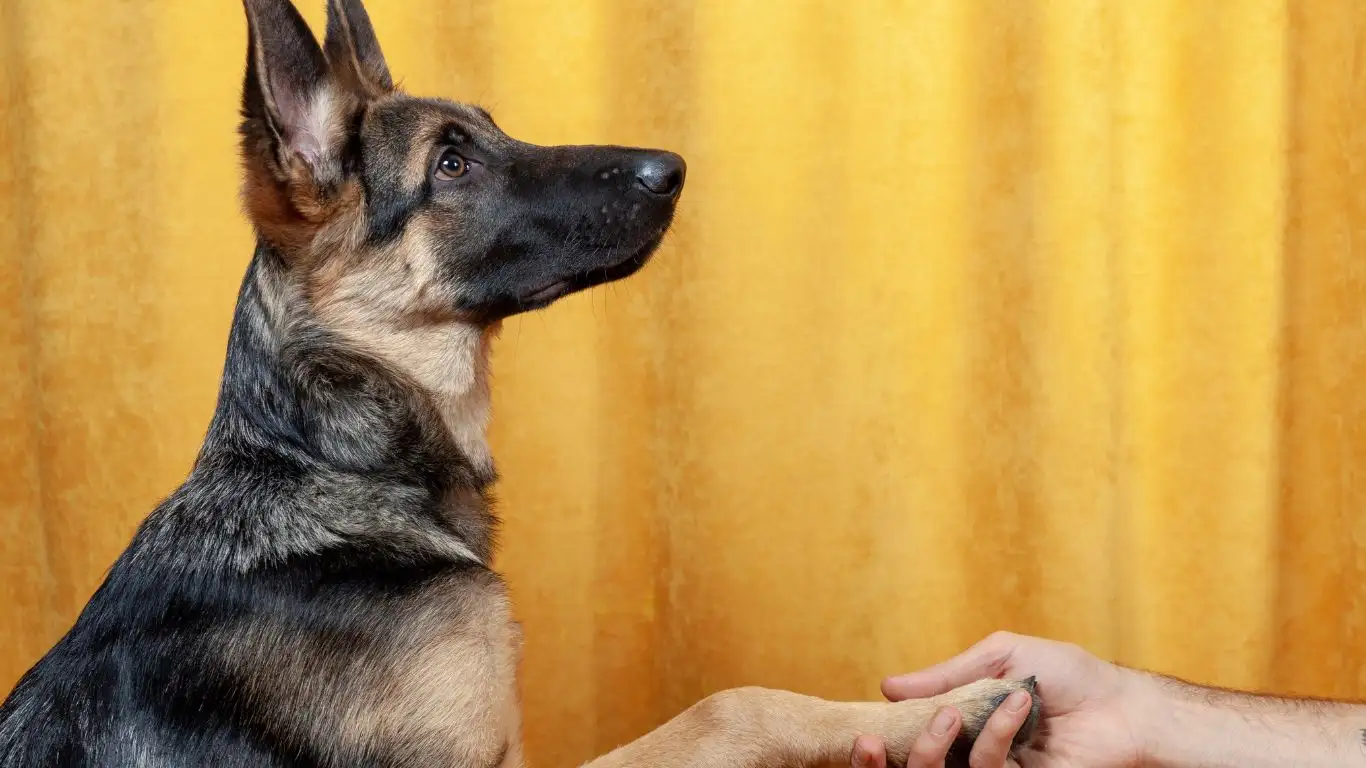
Progress Happens in Inches, Not Miles
In my years working with dogs in therapeutic programs, the one thing I always emphasize to owners is this: progress takes time. You might feel like you’re repeating the same “leave it” cue a hundred times in a single walk. That’s okay. Repetition builds habit, and habits shape behavior.
Stick with it, reward the wins, and don’t beat yourself up on the off days. Trust me—I’ve had dogs in therapy training who took weeks to stop trying to sneak a snack from the nearest patch of grass. But when it finally clicked? It was gold.
Common Mistakes People Make When Trying to Stop Grass-Eating

Too Much “No,” Not Enough Redirection
Let me be real with you for a second—just saying “No!” over and over doesn’t teach your dog what *to do* instead. It just makes the walk feel like a nag-fest for both of you. In my therapy sessions, I always remind folks that dogs need clear direction, not just correction. If your pup dives for grass and you yank the leash and scold them, they may pause—but you haven’t taught them a better behavior.
Try this instead: as soon as you see that look—you know the one, eyes locked on the greenery—call their name, cue a “leave it,” then immediately redirect with a fun cue like “watch me” or a quick treat toss. You’re not just stopping a behavior; you’re rewiring the response.
Inconsistency Between Walkers
This one’s sneaky. I had a client, a lovely family with three teens, and their lab-mix named Buddy. Each family member walked Buddy differently. One was strict, one let him graze like a goat, and the third was somewhere in between. You can guess how confused poor Buddy was. Dogs thrive on consistency—especially when we’re trying to curb unwanted habits.
Here’s a tip: write out a simple “Walk Routine” for everyone in the house. Include commands, reward rules, even the exact leash you’ll use. If everyone’s on the same page, your dog will get the message way faster.
Thinking It’ll Fix Itself
This is a tough one. I’ve had many well-meaning owners tell me, “Oh, he’ll grow out of it,” or “It’s just a phase.” Maybe. But more often than not, habits get reinforced over time, even accidentally. Every time your dog gets a few good chomps in without consequence or redirection, it teaches them that grass is fair game.
If you’re hoping this habit will disappear on its own—hate to break it to you—but you’ll likely be dealing with it for years unless you step in with intentional training.
Training Beyond the Walk
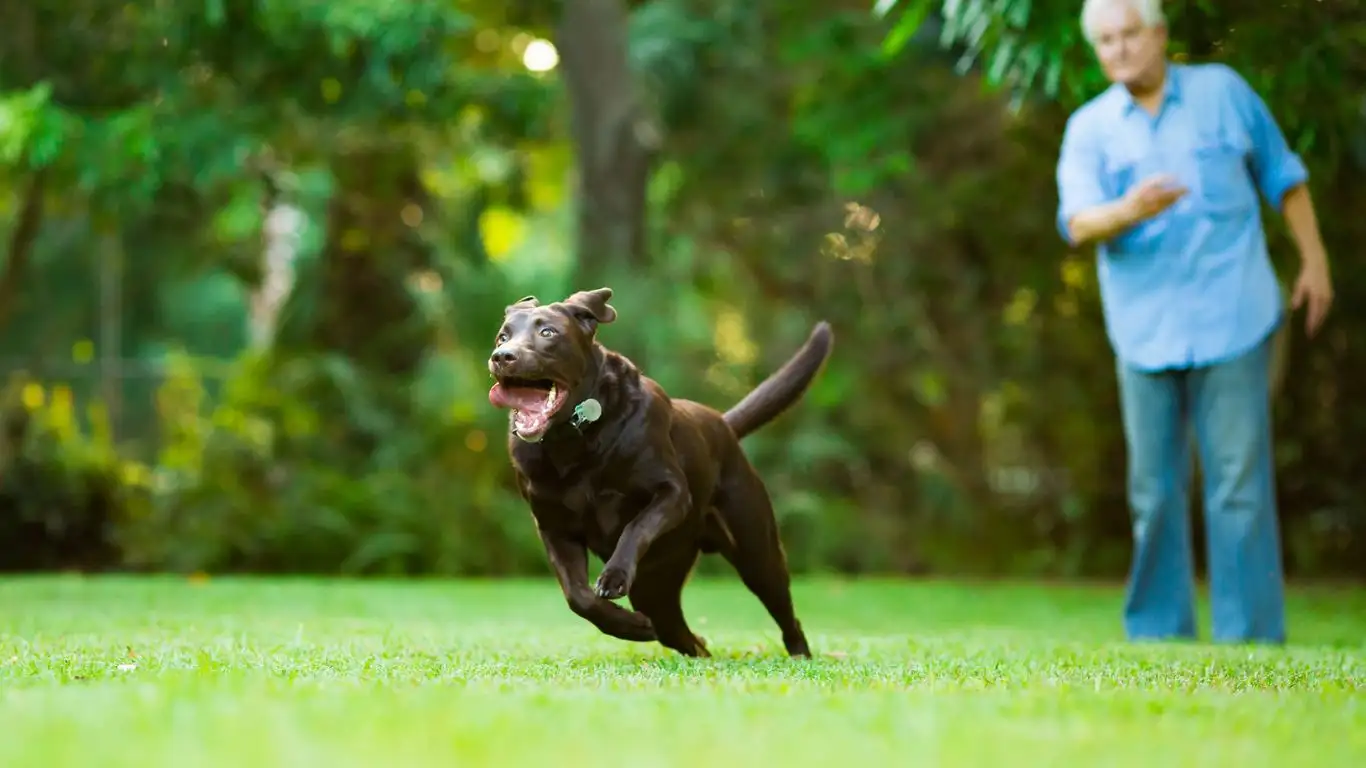
Engage Their Brain Outside the Grass Zone
One thing that’s helped my therapy clients immensely is adding short training sessions outside of walk time. The idea is to build better focus overall so your dog is more responsive during high-distraction moments—like spotting that lush patch of grass.
Here are some focus-building games I love using:
- “Find It” with treats – toss treats around the room and say “find it!” Helps them use their nose productively.
- Impulse control games – hold a treat in your open hand and only allow them to take it after making eye contact.
- Place command – teaching your dog to go to a mat or bed and stay there helps build patience and control.
These seem simple, but they lay the groundwork for calm behavior—both indoors and on the leash.
Enrichment = Less Grass Snacking
It might surprise you, but enrichment has a huge role in stopping grass-eating. A bored dog is far more likely to turn to self-soothing behaviors—like chewing grass. After working with anxious and high-energy dogs in therapy settings, I’ve seen firsthand how activities like food puzzles, sniff walks (supervised), and canine sports can completely change a dog’s relationship with their environment.
Here are a few easy enrichment ideas:
- Kibble in a snuffle mat
- Frozen Kong stuffed with banana and peanut butter
- Hide-and-seek with favorite toys
- Short backyard agility sessions using cones or broomsticks
Keep their brain happy and engaged, and they’ll be less interested in scavenging grass out of boredom or habit.
Nutrition & Health: Is Something Missing?
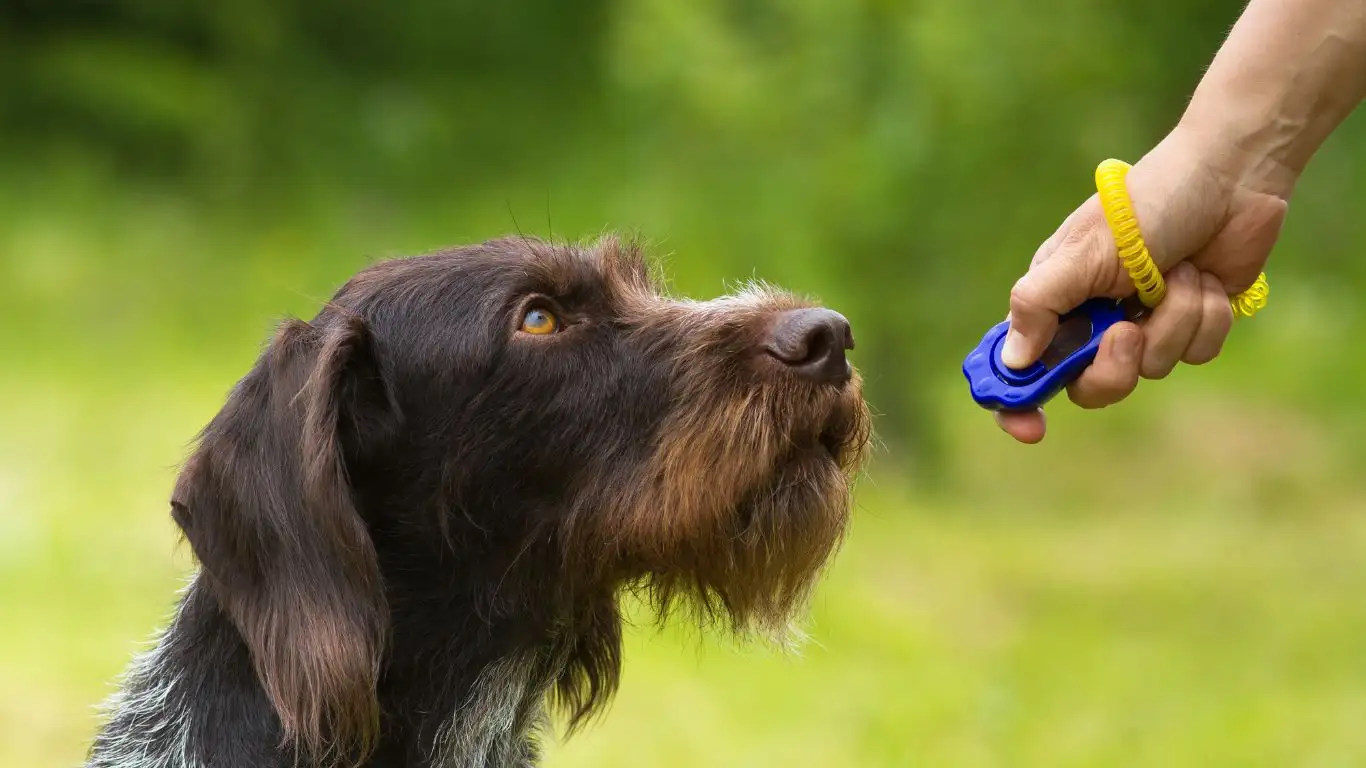
Could It Be a Dietary Issue?
Okay, so here’s a story I’ll never forget—years ago, I was working with a sweet Golden Retriever named Luna. Smart as a whip, but obsessed with grass. We tried everything: redirection, enrichment, different walking routes. Nothing stuck. Finally, after a full vet panel, it turned out she had a minor enzyme imbalance and her body wasn’t digesting her food properly. Her grass-eating wasn’t behavioral—it was biological.
The takeaway? Always rule out medical reasons first. If you’re trying all the training strategies and your dog still insists on nibbling grass daily, it might be time to chat with your vet. Ask about:
- Digestive enzyme levels
- Parasite screenings
- Nutrient absorption issues
- Dietary balance and quality
Sometimes a small dietary tweak can make a huge difference. I’ve had clients switch kibble brands or add in a probiotic and see a complete turnaround in behavior.
Supplements That Can Help (After Vet Approval)
In some cases, adding a vet-approved supplement can support better digestion and reduce the urge to self-medicate with grass. I’ve had success with omega-3s, pumpkin powder, or gentle digestive aids. But always check with your vet first—no supplement should be a substitute for proper training and nutrition.
Also, remember that not all supplements are created equal. Look for brands with third-party testing and clear ingredient lists. If you wouldn’t take it yourself, don’t give it to your dog.
When It Feels Like Nothing’s Working
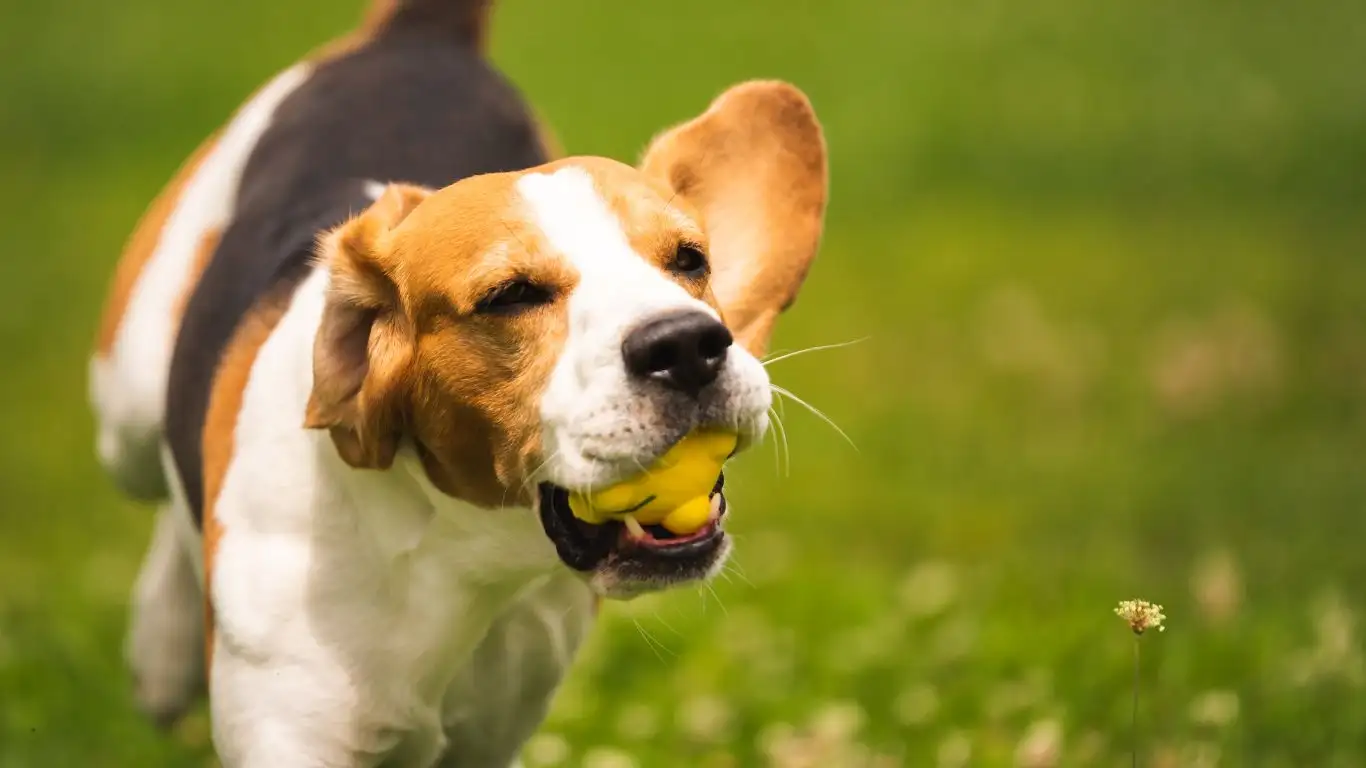
Don’t Beat Yourself Up—This Is a Common Hurdle
Let me tell you, even as a Canine-Assisted Therapy Trainer, I’ve had dogs in my care that tested my patience. Some dogs just take longer to “unlearn” habits like eating grass during walks. I remember one of my regulars, a sweet but stubborn beagle mix named Daisy—super smart, but she had the grazing reflex of a miniature cow. It took us close to three months of consistent work before we saw steady progress.
The truth? There is no one-size-fits-all solution. Grass-eating is one of those behaviors that can be rooted in a combo of instinct, habit, boredom, even gut instinct (literally). If you’ve been sticking to your training routine and still feel stuck, take a deep breath and reassess with fresh eyes.
Break the Pattern—Change the Environment
Sometimes, the best way to shake up stubborn behavior is by changing up the context. If your usual walking path has the same grassy temptation zones, switch routes. Explore new parks, urban sidewalks, or even dog-friendly trails with less grass coverage. Changing your dog’s routine resets their mental map and helps break the environmental triggers associated with grass-munching.
Bonus tip from my therapy work: try pairing walks with new smells or enrichment games. One of my clients started hiding treats in tree bark during her dog’s walk. It made her pup more interested in sniffing and less interested in nibbling the turf.
Long-Term Success: Keeping the Momentum Going
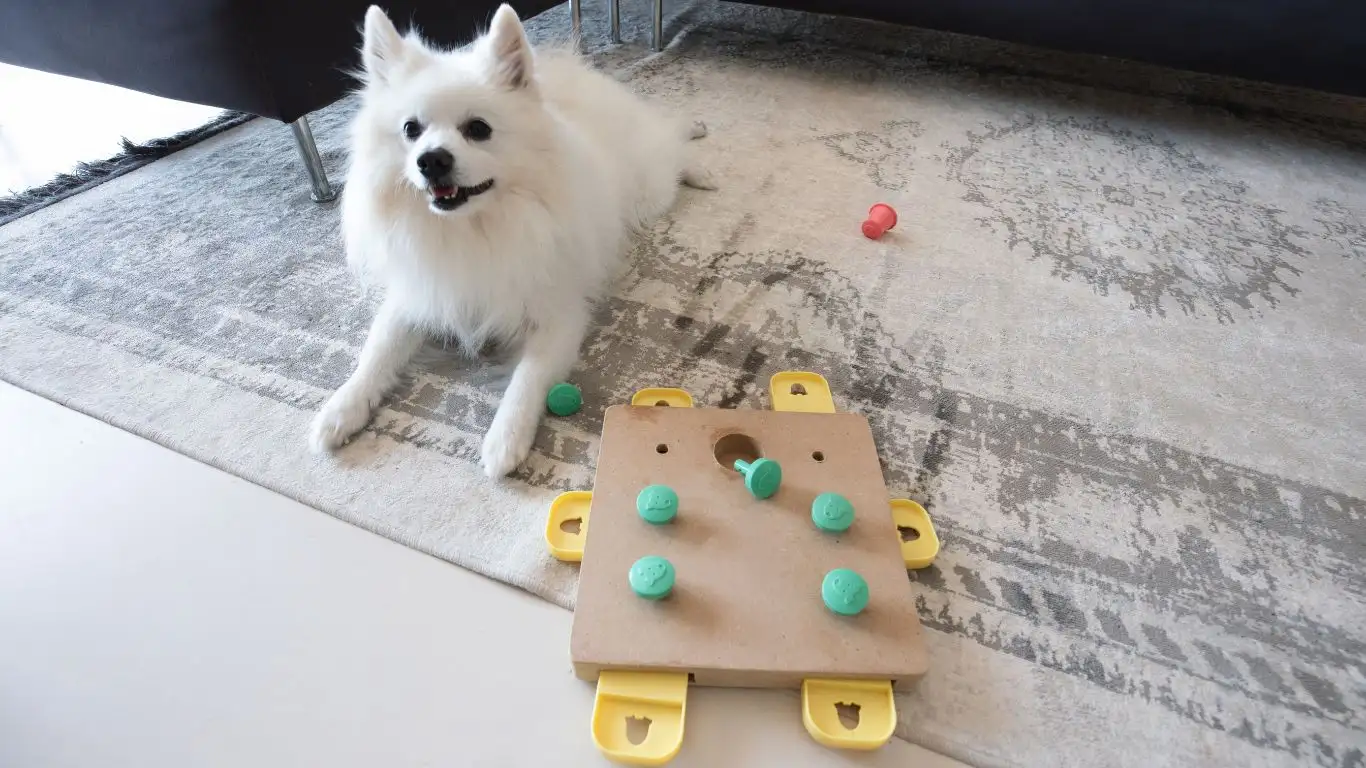
Track Progress with a Behavior Journal
This might sound a little extra, but it seriously helps: keep a simple log of your dog’s behavior during walks. Just jot down what time you walked, how often they tried to eat grass, what cues you used, and whether they responded. I’ve recommended this to dozens of clients, and it’s been a game-changer.
Patterns will start to emerge—maybe your dog only grazes when under-stimulated, or when a certain walker is on duty. Once you have data, you can make smarter training tweaks.
Celebrate the Small Wins (Seriously, They Matter)
Training isn’t just about the big breakthroughs. It’s about noticing when your dog makes even a small choice to listen instead of dive for a snack on the sidewalk. I always tell my clients to treat those little moments like gold. Stop, celebrate, reward.
Dogs learn best when they feel confident and successful. The more you mark and reward those tiny victories, the faster they build into lasting habits.
Stay Flexible and Keep Learning
Training is an evolving process. What works perfectly today might not next month, and that’s okay. Keep adjusting, experimenting, and asking questions. And don’t be afraid to reach out for help—whether it’s a certified trainer, your vet, or a behaviorist.
There are also tons of reliable resources out there (I’ll drop a few at the end). I personally recommend continuing education, even for experienced dog owners. The field of canine behavior is always growing, and staying informed means you’re always one step ahead in helping your pup thrive.
What to Avoid While Training This Behavior
Don’t Punish After the Fact
If you catch your dog in the act of grass-eating, your best move is a calm redirect—not a scolding. Punishing your dog after they’ve already swallowed a mouthful only confuses them and may damage trust.
Don’t Give Up Too Soon
This is a big one. I’ve seen owners give up right before the breakthrough. Consistency and repetition are key—many dogs need to practice a new response dozens (or even hundreds) of times before it becomes second nature. It’s not failure; it’s just part of the process.
Don’t Compare Your Dog to Others
Every dog has a different learning style. Just because your neighbor’s pup stopped grass-eating after one week doesn’t mean your dog is “bad” or slow. Your journey is your own, and it’s valid. Period.
Useful Resources for Further Reading
Final Thoughts
Helping your dog stop eating grass on walks isn’t just about obedience—it’s about improving communication, building trust, and creating a better experience for both of you. With the right mindset, consistency, and a little creativity, you can absolutely get past this behavior.
And hey, if you ever feel stuck, reach out. Whether it’s a trainer like me or your local vet, there’s no shame in asking for guidance. You and your dog are a team—and that team deserves to thrive, walk after walk.
Disclaimer
This content is intended for informational purposes only and does not substitute professional veterinary advice, diagnosis, or treatment. Always consult your veterinarian or a certified canine behaviorist before making changes to your dog’s health or training routine.
